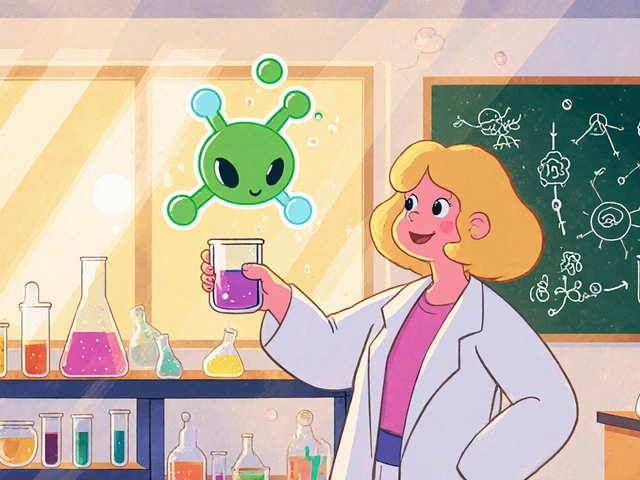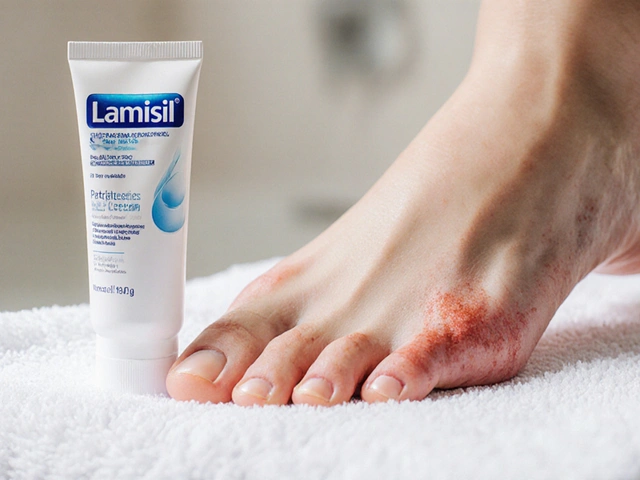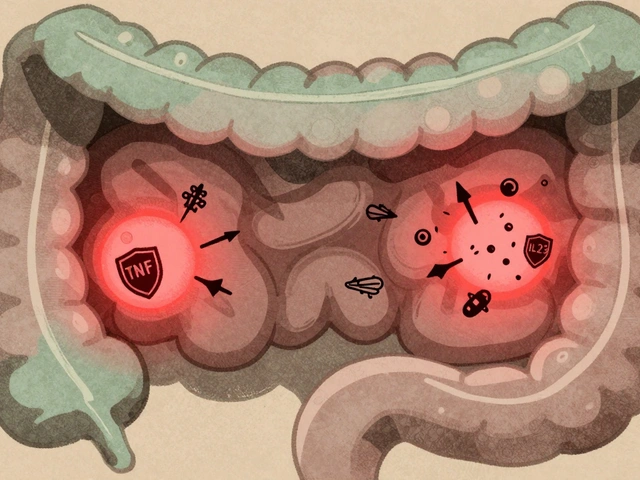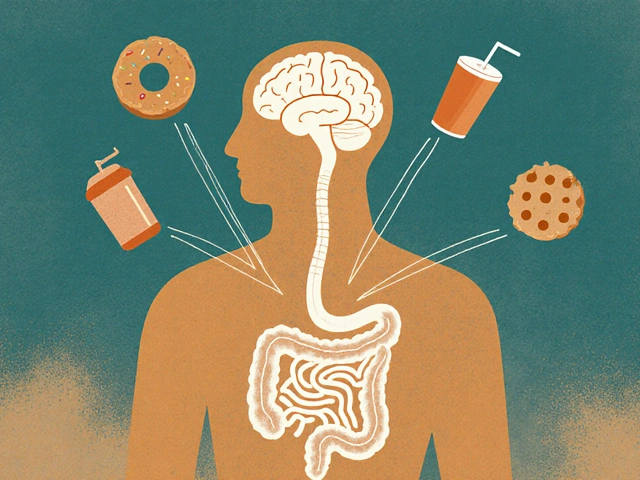Rickets: What It Is, Why It Happens, and How to Treat It on a Budget
Rickets might sound like a rare disease, but it’s actually a common bone problem that shows up when the body doesn’t get enough vitamin D, calcium, or phosphate. Without these minerals, kids’ bones stay soft and can become misshapen. Adults can develop a similar condition called osteomalacia, but the symptoms look a lot like the classic childhood rickets. The good news? Fixing it is pretty straightforward once you know what to look for.
Why Kids (and Even Adults) Get Rickets
The main culprit is a lack of vitamin D. Your skin makes vitamin D when it’s exposed to sunlight, so kids who stay indoors, wear long sleeves, or live in cloudy regions are at higher risk. Poor diet is another big factor—think of meals that skip milk, cheese, or fortified cereals. Some medical conditions, like kidney disease or certain genetic disorders, can also mess with how the body processes these nutrients.
Typical signs start with delayed growth, bow‑shaped legs, and a soft skull in babies. You might also notice bone pain, muscle weakness, or frequent fractures. If you see these symptoms, a simple blood test can confirm low vitamin D or calcium levels, and a doctor can order an X‑ray to see the bone changes.
Cheap Ways to Prevent and Treat Rickets
First off, sunshine is free. Ten to fifteen minutes of midday sun a few times a week usually gives most people enough vitamin D. If you live in a place with little sun, over‑the‑counter vitamin D supplements are cheap and effective. Look for 400–800 IU per day for children and 800–1000 IU for adults, but follow the dosage on the label or your doctor’s advice.
Food can do a lot of the work, too. Milk, fortified plant milks, orange juice, eggs, and fatty fish like sardines are budget‑friendly sources of vitamin D and calcium. If you’re on a tight budget, buying a large bag of powdered milk and mixing it into snacks can stretch your supply for months.
When a prescription is needed, check out discount pharmacy programs or online pharmacies that offer generic vitamin D tablets at a fraction of the price. Many of these sites list the price per milligram, so you can compare and pick the best deal. Some community health clinics even give free supplements to families who qualify.
Beyond vitamins, make sure the diet includes magnesium and phosphate‑rich foods—nuts, beans, whole grains, and bananas help the body use vitamin D more efficiently. Pairing these foods with a little sunlight or a cheap supplement gives a solid, low‑cost defense against rickets.
Finally, keep an eye on growth milestones. Regular check‑ups with a pediatrician can catch early signs before they turn into bigger problems. If a doctor finds low levels, they’ll usually recommend a short boost of higher‑dose vitamin D (like 2000 IU daily for a few weeks) followed by a maintenance plan.
Bottom line: rickets is preventable and treatable without spending a lot of money. A bit of sun, an affordable supplement, and a diet that includes dairy or fortified alternatives can keep bones strong. Stay aware of the signs, get tested if you’re unsure, and use the inexpensive options above to keep your family’s bones healthy.

Rickets and Gluten-Free Diet: Exploring the Possible Link
An in‑depth look at whether a gluten‑free diet influences rickets risk, covering nutrition, celiac disease, and practical tips for families.




